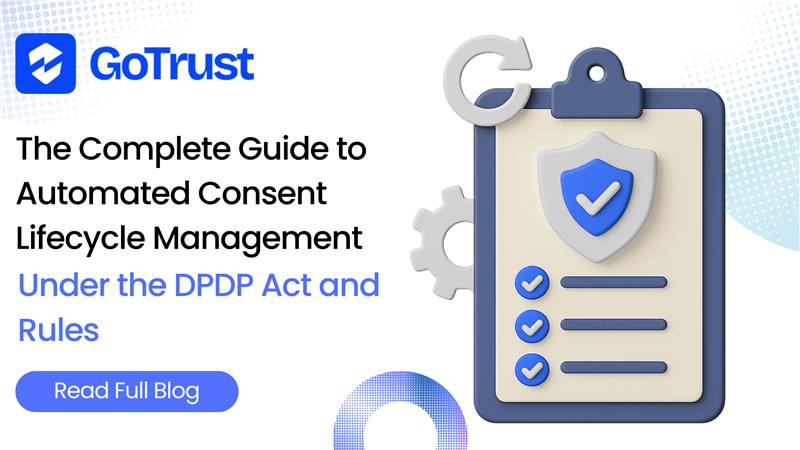Granular Policy Enforcement
Frameworks like GDPR, DPDP Act, HIPAA, and CCPA mandate organizations to maintain records of processing activities and demonstrate accountability. Asset discovery helps in building and maintaining RoPA with accurate data mappings.
Risk Reduction
By uncovering shadow IT, redundant, obsolete, or hidden data, organizations can mitigate the risk of breaches, unauthorized access, and insider threats.
Operational Efficiency
Automated discovery reduces manual audits, accelerates DSR (Data Subject Rights) fulfillment, and supports faster integration with Vendor Risk Management (VRM) and Consent Management tools.
Foundation for DSPM & AI-SPM
Asset Discovery feeds into Data Security Posture Management (DSPM) and AI Security Posture Management (AI-SPM), ensuring that identified data assets—including those used in AI/ML pipelines—are continuously monitored, governed, and secured.
Key Features of Asset Discovery
Benefits of Asset Discovery
1. 360° Data Visibility – Eliminates blind spots by providing a unified view of all data assets.
2. Faster Compliance Audits – Simplifies reporting for regulatory requirements.
3. Improved Risk Posture – Early identification of mismanaged or non-compliant data assets.
4. Enhanced Data & AI Governance – Establishes a baseline for retention, minimization, model training datasets, and access control policies.
Ready to get started?
Request a free demo today to see how GoTrust can guide your trust transformation journey
GoTrust Knowledge Hub
Stay informed with insights, updates, and expert perspectives on data privacy, compliance, and digital trust.











